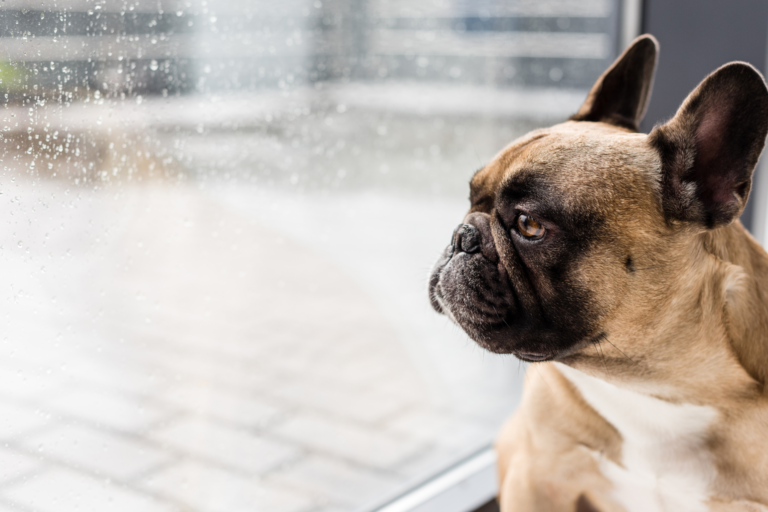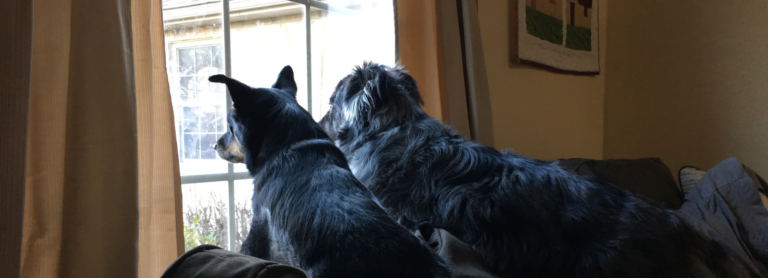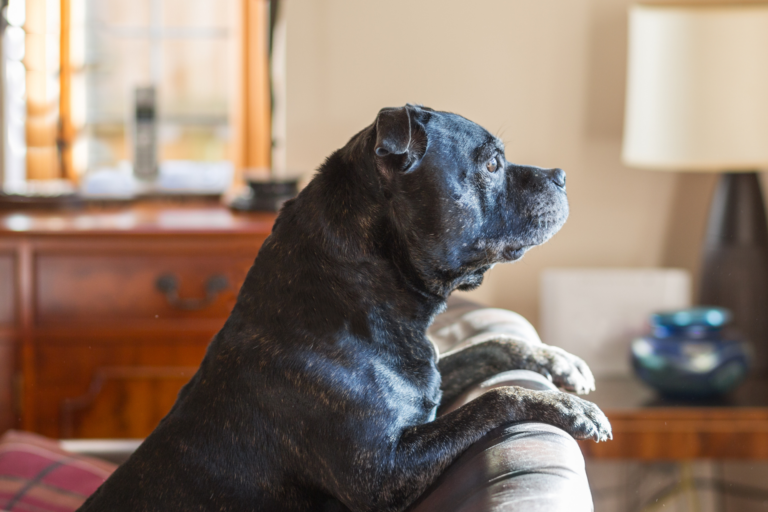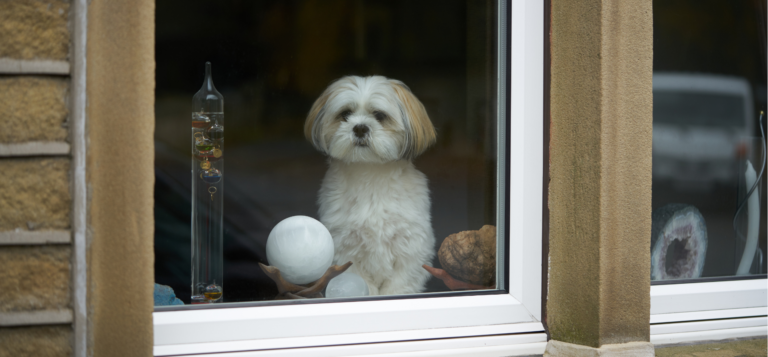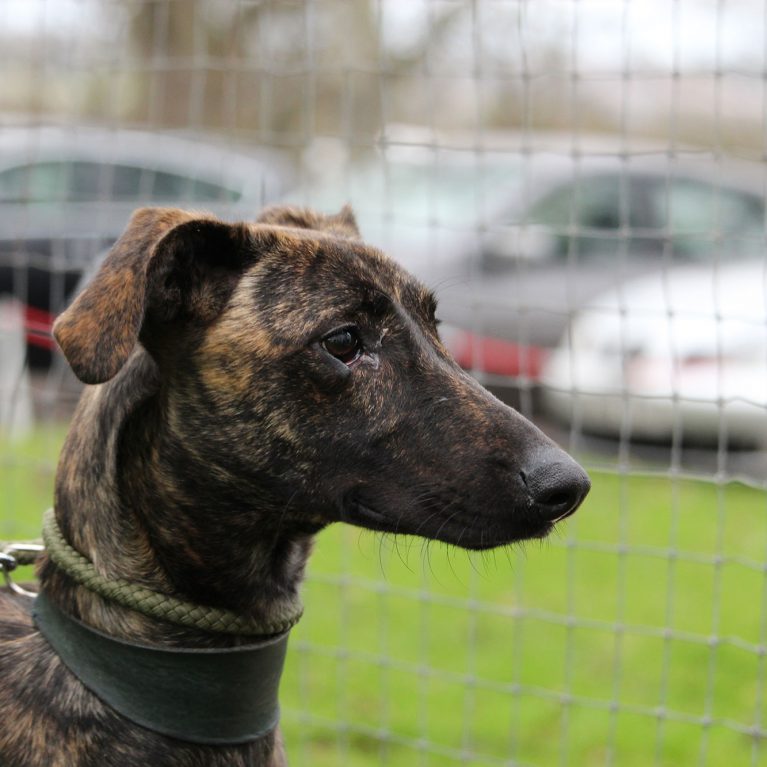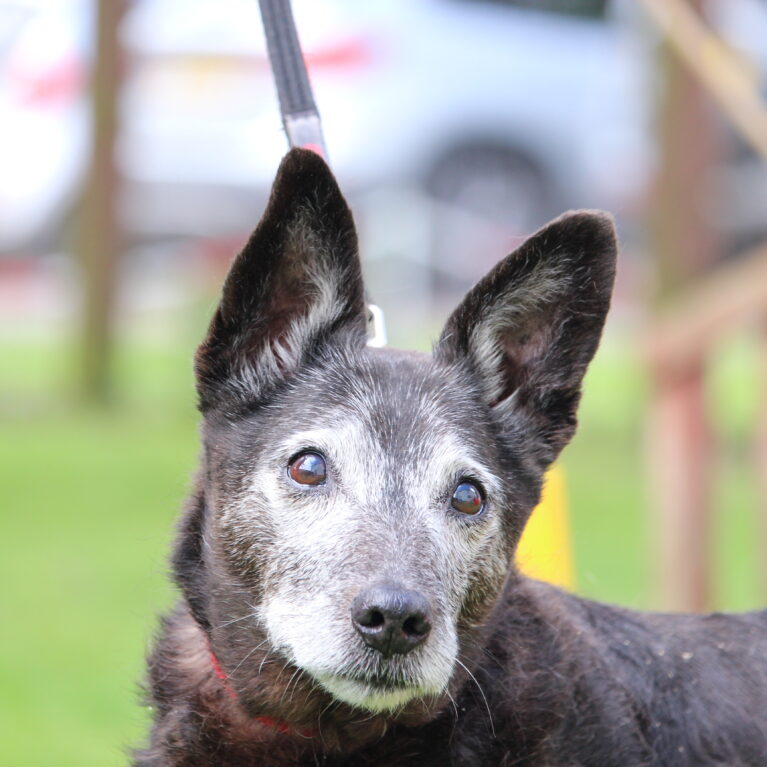Separation Anxiety
Published: September 16th, 2020
Separation Anxiety
Published: September 16th, 2020
This article is from our on-site veterinary team
Join Team SAFE today to help fund the vital care they give to our animals
Separation anxiety can have a significant impact on your dog’s mental health. It is very important to consider how they feel when they are left alone. Here in this article, we will give you some useful information about separation anxiety in your dog and steps you can take to help your dog become more independent.
Getting a dog is a massive commitment, and serious consideration should be given to whether you have the time and energy for an enthusiastic pack animal such as a dog, with its need for companionship and exercise, rather than a more independent and less labour-intensive pet such as a cat, who can often make its own entertainment if provided with the right toys.
If you already have a dog, as the country slowly returns to work, and children go back to school, it may be necessary for your dog to be left for longer than he/she has become used to. Even dogs who were used to members of the household going in and out pre-COVID, may have enjoyed your company 24 hours a day during lockdown, and may now struggle with being left alone, a condition known as “Separation Anxiety”.
Most dogs love company, and may find it stressful being on their own even for a few hours. If you need to start leaving your pet, it is important to start getting him used to becoming more independent, a little at a time, well in advance.
Problem behaviours include persistent barking, chewing, trying to escape, and toileting in the house. You must remember that these behaviours are signs of the dog’s distress and not done out of spite, so you must not punish the dog on your return or you will increase anxiety and confusion, making the problem worse. It is important to take a few weeks to work with your dog, getting him/her very gradually used to being on their own.
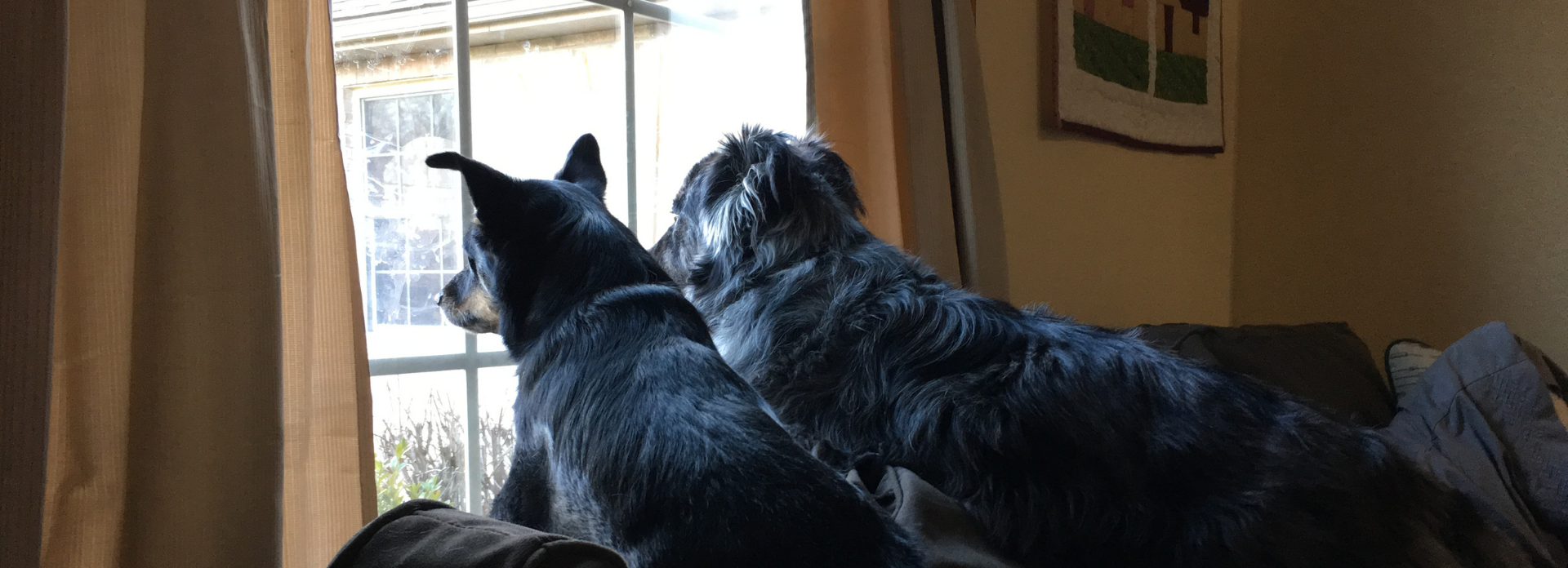
Getting your dog used to being own their own doesn’t have to be complicated. To help, here are a few easy steps you can take to help your pet become more independent.
- Start by introducing him to his “safe place”, which could be an indoor kennel (dog crate) or his own bed, or a piece of household furniture such as his favourite chair.
- Give him treats when he is settled, and sometimes leave treats there as a nice surprise.
- Encourage him to stay on his own in the area, rewarding him when he remains calm.
- Gradually increase the length of time that you leave him, teaching him the “stay” command.
- Give him a Kong, chew or interactive toy to work with while he is on his own.
- Wander in and out of the room while he is relaxed, do not make eye contact or speak to him, or interact with him in any way. This reduces his expectation of being showered with affection, helping him to remain calm.
When you begin training your dog to be left on their own, start by walking a short distance away, turning round, walking back and giving them a treat. It is important for both you and the dog to stay calm, as soon as you fuss your dog, their excitement levels rise and they are likely to want more. Once you can walk across the room and back with the dog staying in his safe place, walk out of the room and straight back in, leaving the door open at first but then gradually closing it a bit more until it can be clicked shut, then opened again, without the dog becoming distressed or excited. Both you and the dog must remain calm. Always give your dog a treat when you return, but do it without making eye contact or giving too much attention.
Repeat this exercise until you can actually leave the house. Look out for “triggers”. What causes anxiety in your dog? Is it when you pick up your car keys, or when you put your coat on without picking up the dog lead? If you can identify these triggers then you can work with them. If it’s the car keys, for instance, pick them up and put them straight back down, then pick them up again so the dog realises that nothing bad is going to happen just because the car keys have been picked up. Small repeated actions can make a massive difference to your dog’s mental well-being, building up the time he is left alone very gradually. And remember to leave your dog with something to keep him occupied, such as a Kong or interactive toy.
Dogs are creatures of habit, and enjoy routine. Sudden departure of family members is bound to be unsettling at least, and in some instances distressing. In general, try to involve all family members in your dog’s care so your dog doesn’t become too dependent on one person. Take turns to feed, walk and play with him.
When your dog does need to be left, give them things to do. Some dogs enjoy the television being left on, others are happy with a Kong, slow feeder or interactive toy. There are even some TV channels and online TV programmes designed just for dogs.
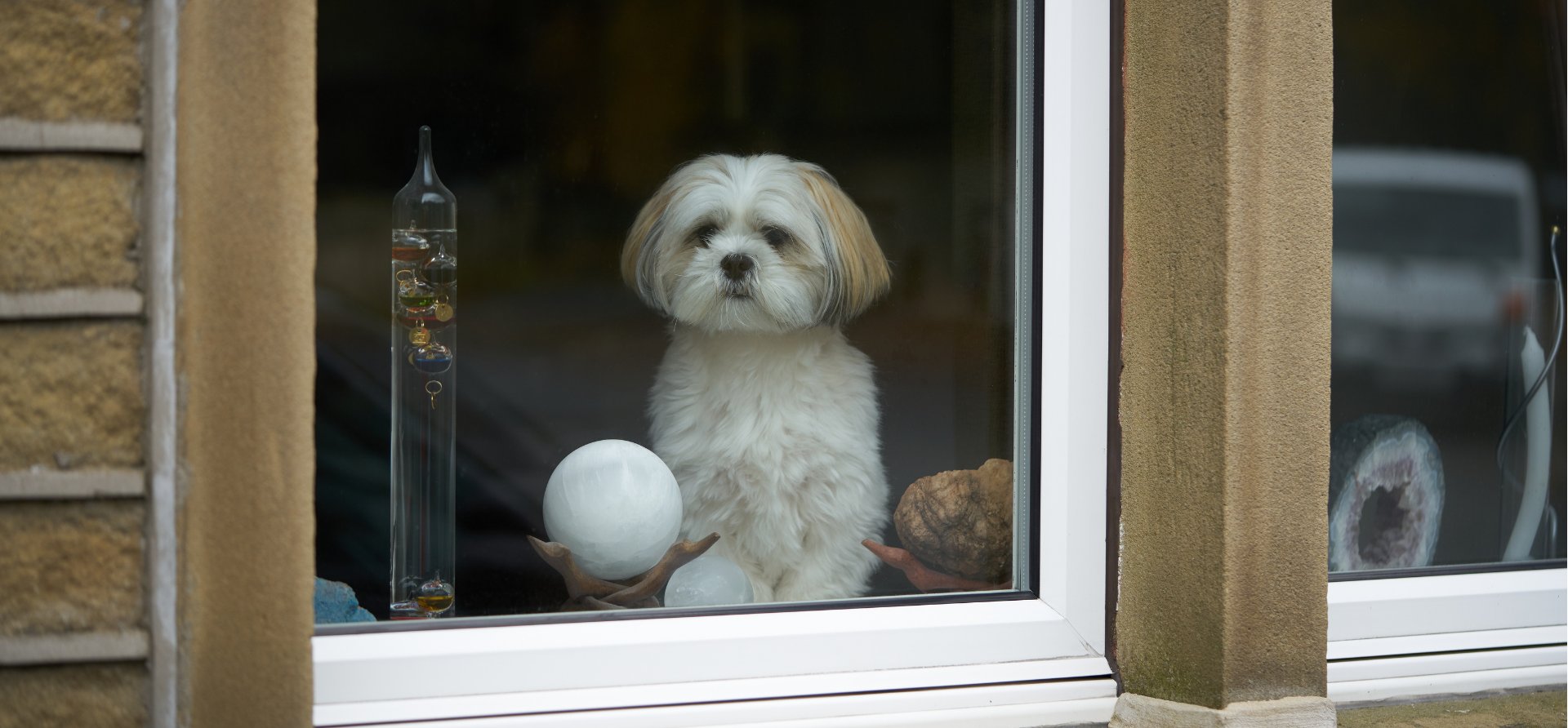
If he will be left for more than 2 or 3 hours, try to make provision for a neighbour or family member to pop in. It is important to show them the dog’s “entry/exit routine” so that they also keep the dog calm when arriving and departing, or they could undo all your good work. Pet sitters and professional dog walkers are becoming more popular, although it is important to check that they are correctly registered and insured, and have a good reputation. Speaking to other dog owners in your area is the best way to find out who you can and can’t rely on. You should also consider your dog’s unique temperament, if they don’t like other dogs, he will not appreciate going on a group dog walk and would probably enjoy a cuddle and some individual attention instead.
If your dog will be left alone during the day, it is really important that they get plenty of exercise and stimulation before you leave and after you return, or he may become bored and depressed, and more likely to show undesirable behaviours. It may help reassure your dog if you leave an old item of your clothing in his bed, or use a pheromone or herbal plug-in diffuser or spray.
Separation anxiety can be very distressing for your dog, and can harm their mental health. If you want to check how well your dog settles once you leave, you could try setting up a video camera and checking it once you return. You don’t need to splash out, you could simply use the camera on your laptop, tablet, or smart phone.
If you have recently rehomed a dog from us, and are worried they are struggling with separation anxiety, please feel free to contact our Rescue & Rehoming Centre if you feel you need extra guidance or advice.
Emerging from lockdown will be a stressful time for us humans. We must do what we can to help our families, including our pets, to adapt.
If you have found this article useful, please consider joining Team SAFE to help fund our vital work, helping hundreds of dogs and cats each year.
